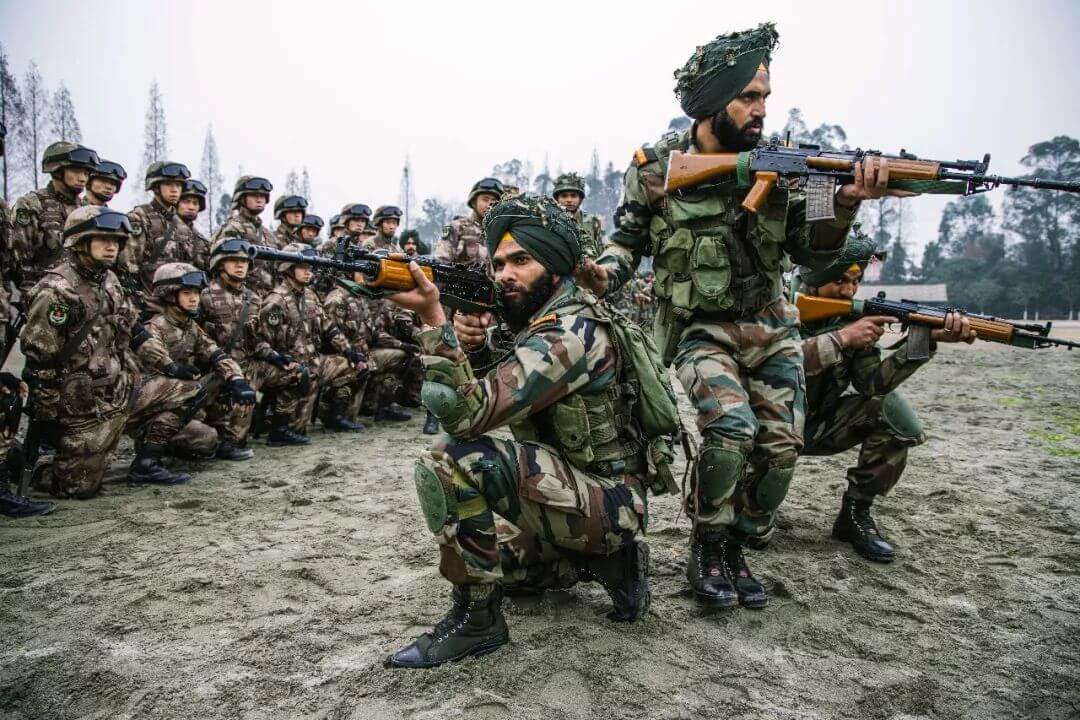The Indian Armed Forces have always been an interesting topic to discuss about. Considering their long and rich history, there have been many changes and upgrades that have been made to this sector.
During one such conversation with an acquaintance, an interesting point was made, that of how the number of people from Punjab or Garhwal is slightly higher compared to other regions in the Indian Army.
This is not to discredit any other regions, surely understand that the Indian Armed Forces in today’s time is a diverse and varied sector with people from all over the country being a part of it.
But one cannot deny that soldiers from Punjab, Garhwal regions and other such places have contributed quite a lot into the armed forces.
This was also pointed out in the Amazon Prime series ‘The Forgotten Army’ and was what led to the creation of this article.
Why More People From Punjab And Garhwal?
Frankly, like all things in India, or at least many of the wrong things, this can be narrowed down to the British colonial time when India was being ruled by them.
Yes, they gave us ‘trains’ but they also brought along a lot of practices or used India’s own practices to drive a further wedge between people.
One such practice was the Martial race that was created by British Indian army officers after the rebellion of 1857 happened.
The army officials basically divided each of the Indian castes into two categories, ‘martial’ and ‘non-martial’.
Read More: Watch: India’s Participation In World War 2
The ‘martial’ category consisted of soldiers who were considered to be from the ‘fighting race’ while the latter category was made up of people who were considered unfit for battle.
This eventually led to an increase in people that were considered good at fighting and dismissal of those who came from more so-called soft professions like writers, priests, etc.
It was believed that these people, since they already had an experience of a life of physical hard work would be easier to train compared to those who did not.
There was also the theory that the British brought about this concept because of the 1857 rebellion and who were involved in it.
The castes and groups that had remained loyal to the British during the mutiny and fought from their side were put in the martial race category and given preference over those who had rebelled.
This could be seen as a way to suppress dissent among people and to not allow soldiers to get turned against them by revolutionary leaders.
Groups like Rajputs, Jats, Punjabis, Gurkhas, Garhwalis and more were included into the martial race category while some of the lower castes and even some high-caste Hindus who had participated in the mutiny were put into the non-martial category.
The Indian government had abolished this category in 1949 soon after India got its independence and did not allow military recruitment to follow any of the “martial race” principles.
Apparently, these ‘fighting races’ eventually started their own regiments, we have the Sikh Regiment, the Jatt regiment, Rajput Rifles, Gorkha Regiment and more.
Image Credits: Google Images
Sources: The Hindu, Wikipedia, Indian Defence Review
Find the blogger @chirali_08
This post is tagged under: Indian army, army, punjabi, jatt, garhwali, punjabis in the army, martial race, indian army british, british colonialism, martial race indian army, Indian Armed Forces, why more punjabis in army, why more sardars in army, why more sikhs in army, why more gorkhas in army, why more garhwal people in army, regiments of army, different groups in army, major regions army
Other Recommendations:
This Sikh Bus Driver Fought An Unfair Ban On Turbans In UK Back In 1969






























No gujrati regiment lol